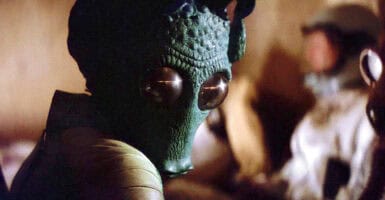Best Spaghetti Westerns In Movie History
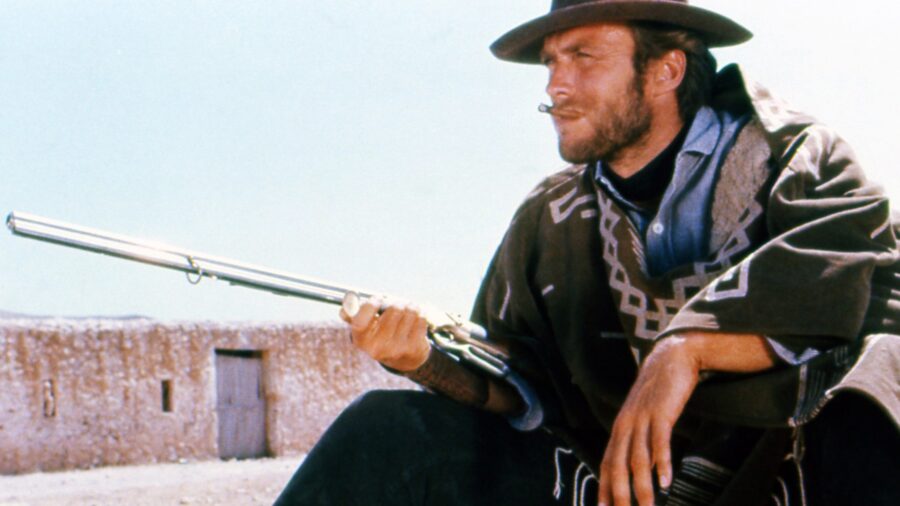
Spaghetti Westerns are a subgenre of films taking place in the American Old West made by Italian directors and shot primarily in Italy, hence the pasta-centric nickname. This unique niche includes some of the most well-known and influential films in the Western genre, frequently featuring style-defining music by Ennio Morricone. Here’s our list of some of the best spaghetti Westerns ever made.
Death Rides a Horse (1967)
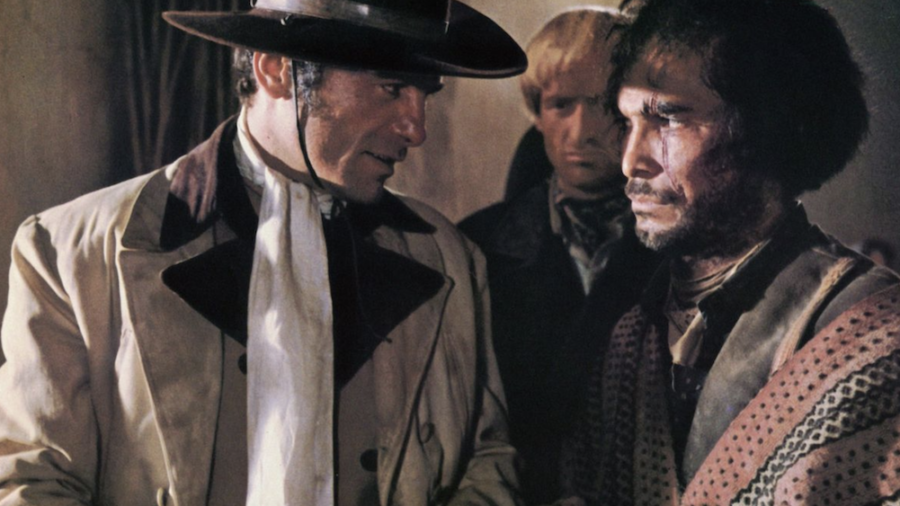
Like many spaghetti Westerns, the influence of this film is clear on Quentin Tarantino, particularly in his Kill Bill films. Giulio Petroni directed five films in this subgenre, of which Death Rides a Horse was his first, featuring John Philip Law as a gunfighter on a mission of revenge.
His 15 years spent in preparation for retaliating against the gang that is responsible for his family’s murder mirrors the Bride’s journey in Tarantino’s films.
Considered a classic of the subgenre, the film co-stars Lee Van Cleef as a former outlaw who, driven by similar motivations, joins Law’s character in his quest for vengeance.
Django (1966)

Another clear Tarantino influence, this time on his 2012 film Django Unchained, this spaghetti Western has also spawned a number of sequels, both official and unofficial. It also established Sergio corbucci as a force to be reckoned with in a subgenre in which he would come to be quite prominent. Django was Corbucci’s first commercial hit, ending his status as a relative unknown.
Francis Nero plays Django, a gunfighter and former Union soldier who goes after the Ku Klux Klan on a quest for revenge. Corbucci co-wrote the film with several others, including his younger brother Bruno, who was both a screenwriter and a director.
The Great Silence (1968)
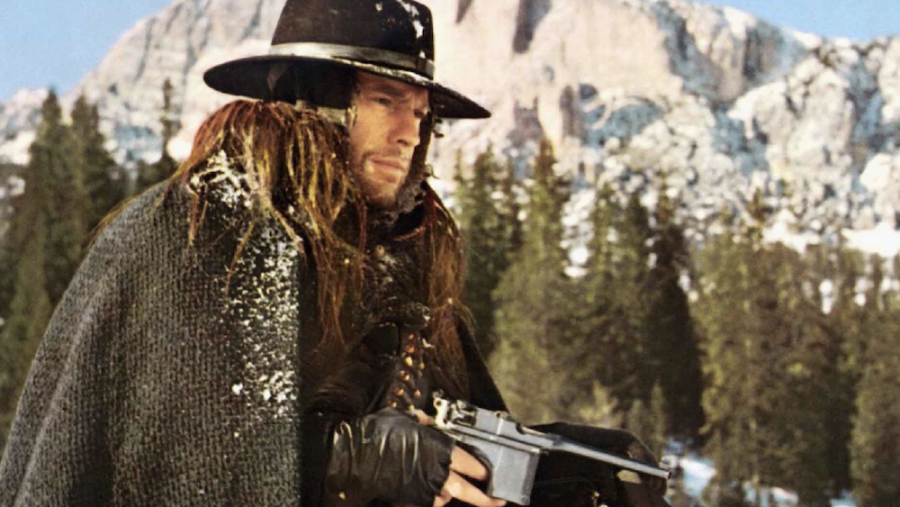
Filmed in an Italian mountain range, the spaghetti Western The Great Silence is actually set in Utah in 1899, just before the Great Blizzard of that year. Corbucci, who directed this film, became known for releasing some of the bloodiest movies in the subgenre and this one is no exception. Due to its historical setting, it is also unusual among the Western genre for depicting quite a bit of snow.
One of the director’s most widely praised efforts, the story follows a gunslinger portrayed by Jean-Louis Trintignant who fights bounty hunters. His character is unable to speak, yet is able to communicate a great deal to the audience throughout the film.
My Name is Nobody (1973)
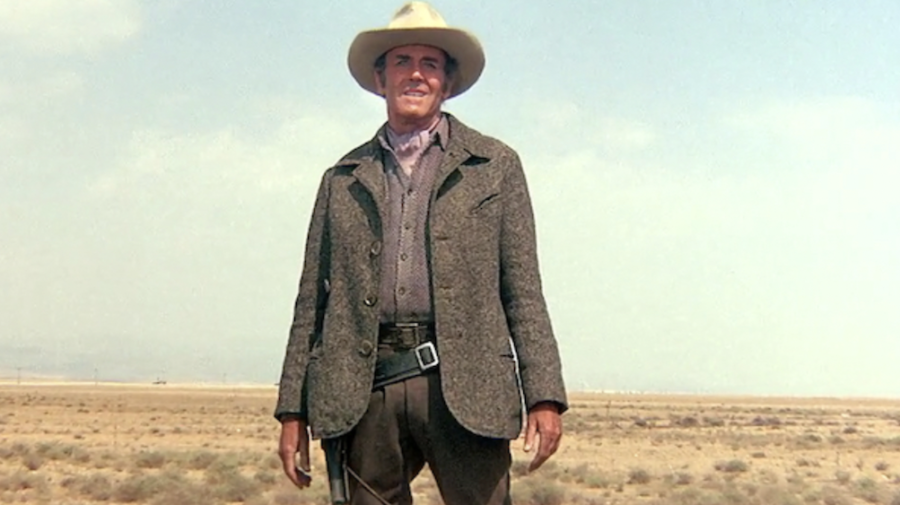
One of the last films of the subgenre, My Name is Nobody was based on a plot idea that came from the leading auteur of the spaghetti Western, Sergio Leone. Under the direction of Tonino Valerii, the film stars Terence Hill and Henry Fonda. Fonda stars as Jack Beauregard, an older gunfighter who is induced into a face off with the Wild Bunch by Nobody, played by Hill.
The Wild Bunch was a gang of 150 criminals and the inspiration for a classic film that bore their name. My Name is Nobody is a rarity among films connected with Sergio Leone as 80% of its outdoor scenes were shot in the United States.
A Fistful of Dollars (1964)
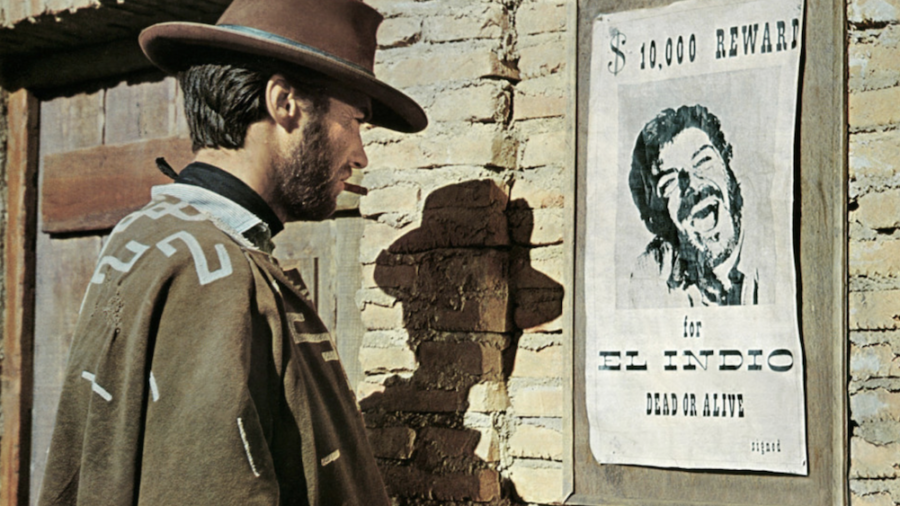
Based on legendary Japanese director Akira Kurosawa’s Yojimbo, this film was the first major Western hit by Sergio Leone, whose work would go on to define the spaghetti Western. It also helped establish Clint Eastwood’s iconic status in the history of Cinema as his performance in the leaving role as the Man with No Name made him the most recognizable star of the subgenre.
To fill his titular fist with dollars, the Man with No Name engages with competing factions within the town of San Miguel, setting them at odds with one another.
This film was a revitalization of Westerns, establishing the spaghetti Western tradition of demythologizing and reinventing conventions of the typical American Western. Eastwood’s understated performance and Morricone’s singularly distinctive, genre-defining score make this one of the great classics.
Once Upon a Time in the West (1968)
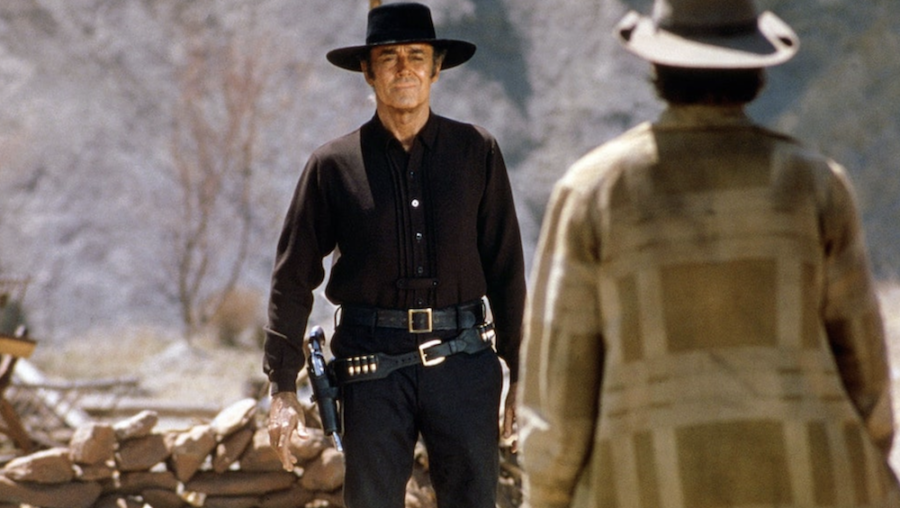
We’re just going to go ahead and admit here that Leone, the undisputed king of spaghetti Westerns, rules the rest of this list. Considered a towering feat of filmmaking, this film stars Charles Bronson as another gunslinger without a name, but with a penchant for playing the harmonica.
After the murder of his brother, he sets out for revenge against the ruthless criminal responsible for the killing.
Henry Fonda appears again, this time as the villain of the film, an uncommon casting occurrence for the Hollywood star. Claudia Cardinale and Jason Robards round out the cast as a homesteader who has lost her husband and a bandit.
For a Few Dollars More (1965)
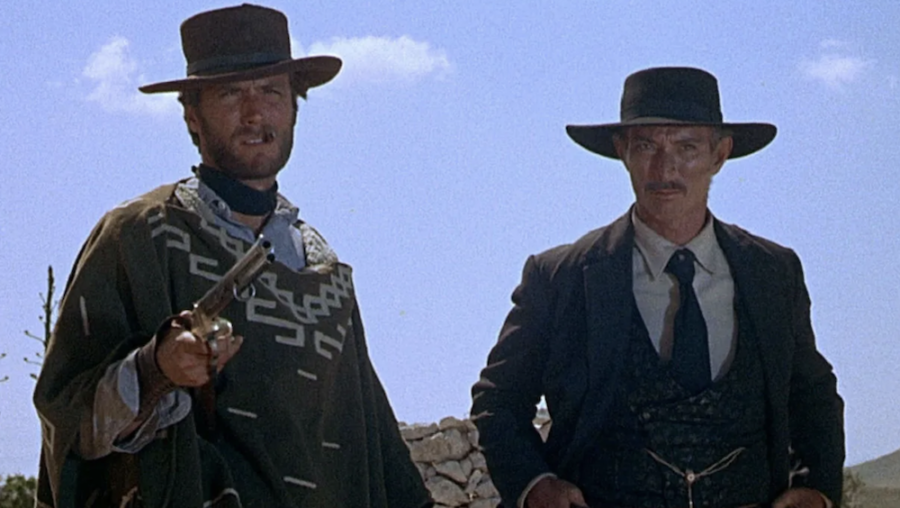
The second film in Sergio Leone’s legendary Dollars trilogy of spaghetti Westerns, for a few dollars more again follows Eastwood’s Man with No Name, also known as Manco, and features Lee Van Cleef as Colonel Mortimer, a bounty hunter with whom he joins forces.
Lee Van Cleef was a major fixture of the subgenre and one of its more well-known stars. Together with Eastwood, the two form a powerhouse duo that anchors the film.
Gian Maria Volonte plays El Indio, a criminal who has victimized Mortimer’s sister, who committed suicide after his abuse. While El Indio is out for revenge, for his part, Manco is again motivated only by money.
The Good, the Bad, and the Ugly (1966)
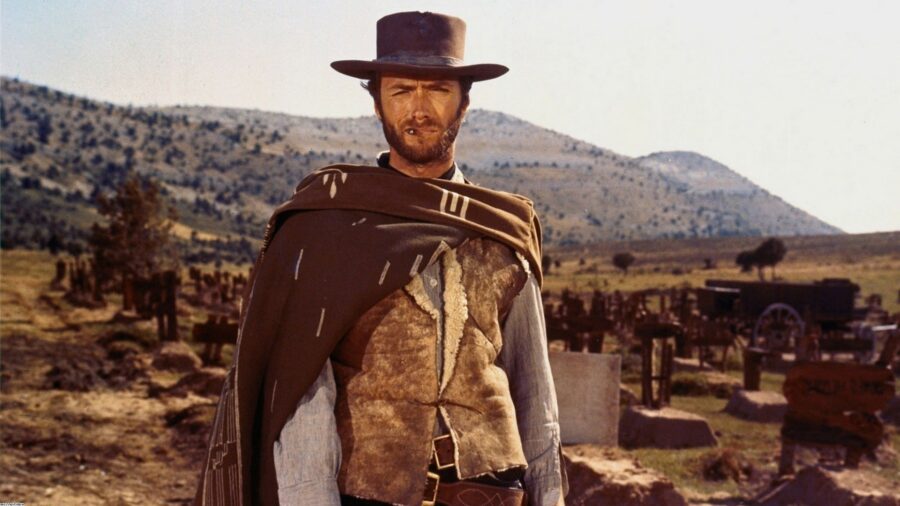
When people think of spaghetti Westerns, they think of this film. It’s not often that a film series achieves more acclaim and renown for each successive sequel, but this is the case in Sergio Leone’s Dollars trilogy. Not only is this the most well-known film of the subgenre, but its title has become an idiom of speech within itself.
Eastwood’s man with no name, here called “Blondie,” makes his final appearance as the of the film’s title. Van Cleef surprisingly returns as a different character than the one he played in the previous film, this time as the Bad, known as “Angel Eyes.” Eli Wallach rounds out the trio as Tuco “the Rat,” who is unfortunate enough to be known as the titular Ugly.










